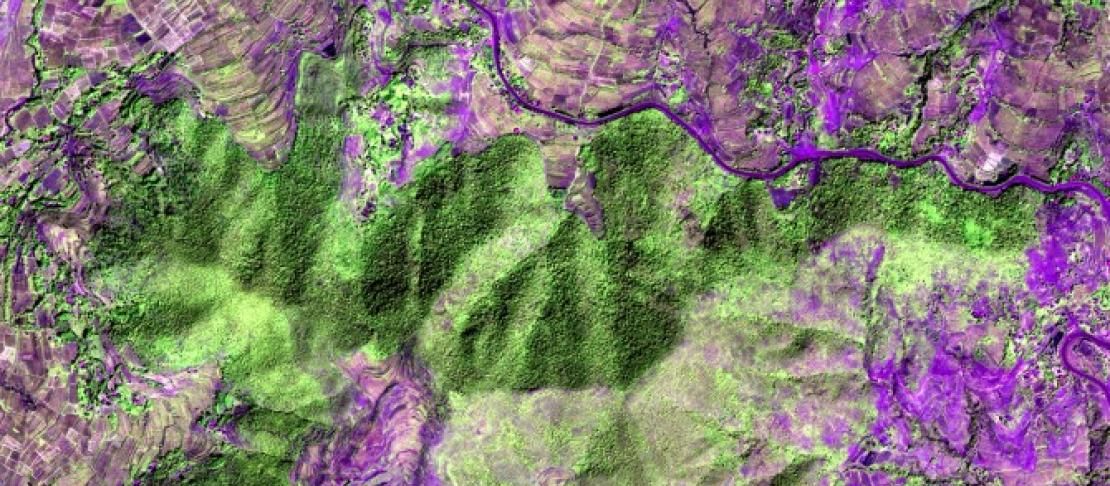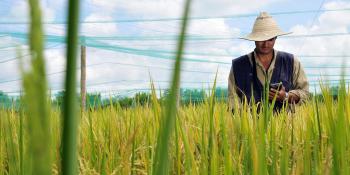How NASA is supporting improved carbon monitoring systems in East Africa

Cornell researchers in partnership with CCAFS and the Ethiopian Ministry of Agriculture are developing a high-resolution carbon monitoring system for East Africa.
As a result of the 2015 Paris Climate Agreement, countries worldwide are actively implementing climate change mitigation measures to reduce greenhouse gases (GHGs) emissions in terrestrial ecosystems.
In the East African countries of Ethiopia, Kenya, Tanzania, and Uganda, large land restoration programs have been actively pursued in line with sustainable development goals for reducing emissions, with strong support for such initiatives from governments, development partners, and civil society. However, quantification of these efforts has been an issue with a lack of systems for measuring the stocks and fluxes of carbon in climate mitigation programs.
Thanks to a three-year, $1 million grant from NASA, a high-resolution carbon monitoring system is being developed to combine ecological modelling and satellite data. The system will be a first of its kind for East Africa.
As these countries don't produce much carbon-emitting energy, their mitigation measures largely rely on putting carbon into ecosystems such as soils. The costs of measuring and monitoring any changes in the soil are prohibitive, and therefore an accurate, low-cost and scalable carbon-monitoring system in East Africa is needed.
In the process of being developed by Cornell researchers, the carbon monitoring system project will build East African countries' capacity to unify "top-down" data and atmospheric inversion with "bottom-up" ecological monitoring and next-generation vegetation-soil modelling and observations.
"If we're going to invest in storing carbon in soils and vegetation for climate-change mitigation and soil health, we need to be able to monitor the impact and how effective the interventions actually are," Dominic Woolf, a senior research associate at Cornell University and co-principal investigator of the project, said in an article by Cornell. "We need to have large scale systems of what's happening below ground," he added.
A rigorous, accurate, and low-cost carbon monitoring system will help policymakers verify the effectiveness of their efforts when seeking international climate financing. The data will also inform food-security policies, as more soil carbon provides crop resilience to climate change.
In addition to significantly reshaping the dynamics and evolution of terrestrial carbon sources and sinks, the carbon monitoring system project aims to alleviate uncertainties in terms of their magnitude and climate mitigation effect. The system will aid in verifying efforts when policymakers are looking for climate mitigation financing and will further support the regional countries' efforts to revitalize their nationally determined contributions (NDC) using objective and data-driven approaches.
Such developments align to support the ambitions of a new initiative - Accelerating the Impact of CGIAR Climate Research for Africa (AICCRA) as mitigation for east and southern African countries is not fully covered in the scope of that work. Therefore, external support from the project can be effectively leveraged to address the mitigation angle for the Intergovernmental Authority on Development (IGAD) member state countries in Eastern Africa.
One of the critical linkages for the project's focus on east Africa is the significant social need for sustainable land management in this region that addresses carbon stocks, together with solid support for such initiatives from governments, development partners, and civil society. CCAFS East Africa will then become a knowledge and research infrastructure for the region.


